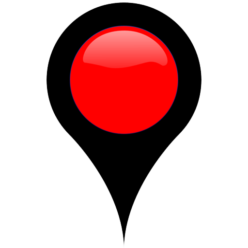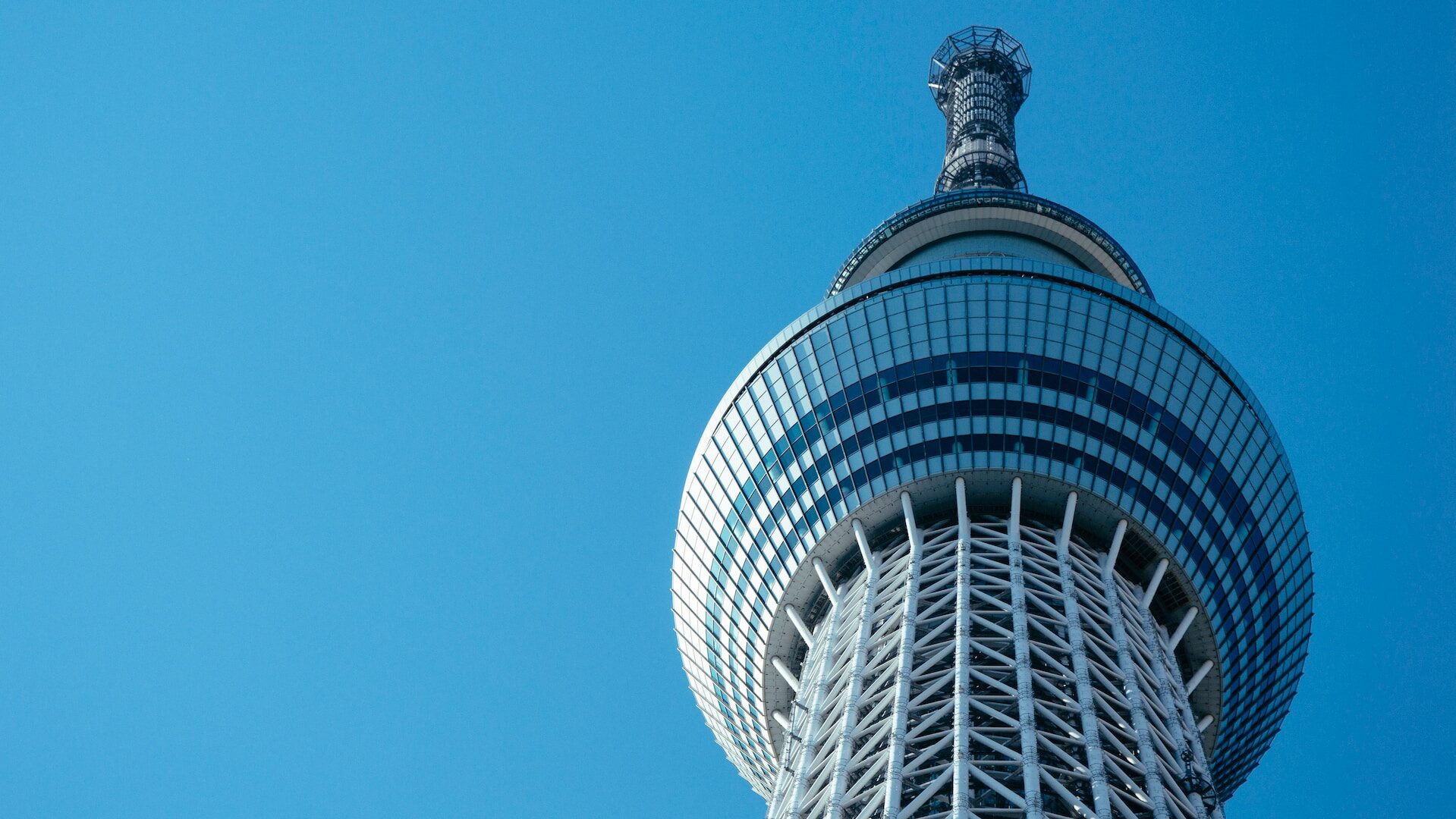Europe's i-mode a Bust for Japanese Content Plays?
“Take a look at this list,” says Arjen van Blokland, pointing to the top ten i-mode site listing at imode.nl. “Not one of them is Japanese,” states Arjen in a voice that betrays evident relief that 104.com didn’t get involved in European i-mode. He asks, Where’s Cybird?, illustrating that fact that the Japanese content producers and aggregators — like Cybird, Index, MTI, and others — have seen signal unsuccess at penetrating the baby i-modes overseas. He may have a good point — given that it should have been the Japanese that taught the rest of the i-mode world how to do content right.


 There’s a tremendous amount of initial wireless LAN network activity going on in Japan right now, but it’s still too early to say how WLAN will affect 3G. One thing is certain however: licensed-spectrum carriers are looking closely at WLAN to determine whether the technology will disrupt their carefully knit 3G network, wireless Internet, and data revenue plans. We speak with an industry insider on a recent WLAN hotspot trial conducted by a major mobile telco. But large carriers and others thinking about launching hotspot networks shouldn’t worry about finding content. First, solve the billing, roaming, and security problems — then content providers will beat a path to your door… just as happened with, oh…, for example, i-mode.
There’s a tremendous amount of initial wireless LAN network activity going on in Japan right now, but it’s still too early to say how WLAN will affect 3G. One thing is certain however: licensed-spectrum carriers are looking closely at WLAN to determine whether the technology will disrupt their carefully knit 3G network, wireless Internet, and data revenue plans. We speak with an industry insider on a recent WLAN hotspot trial conducted by a major mobile telco. But large carriers and others thinking about launching hotspot networks shouldn’t worry about finding content. First, solve the billing, roaming, and security problems — then content providers will beat a path to your door… just as happened with, oh…, for example, i-mode.  In the first part of our Killer Interview Series with one of Tokyo’s contrarian telecoms analysts, we find out what happens to data ARPU when price-insensitive, heavy-volume users migrate to new services (like Java). The answer? It’s not a pretty sight, and the same may be in store for 3G. Plus, we cover ARPU stats, compare FOMA data usage to 2G, and reveal what generates the most packet traffic (think “self-generated content”).
In the first part of our Killer Interview Series with one of Tokyo’s contrarian telecoms analysts, we find out what happens to data ARPU when price-insensitive, heavy-volume users migrate to new services (like Java). The answer? It’s not a pretty sight, and the same may be in store for 3G. Plus, we cover ARPU stats, compare FOMA data usage to 2G, and reveal what generates the most packet traffic (think “self-generated content”).